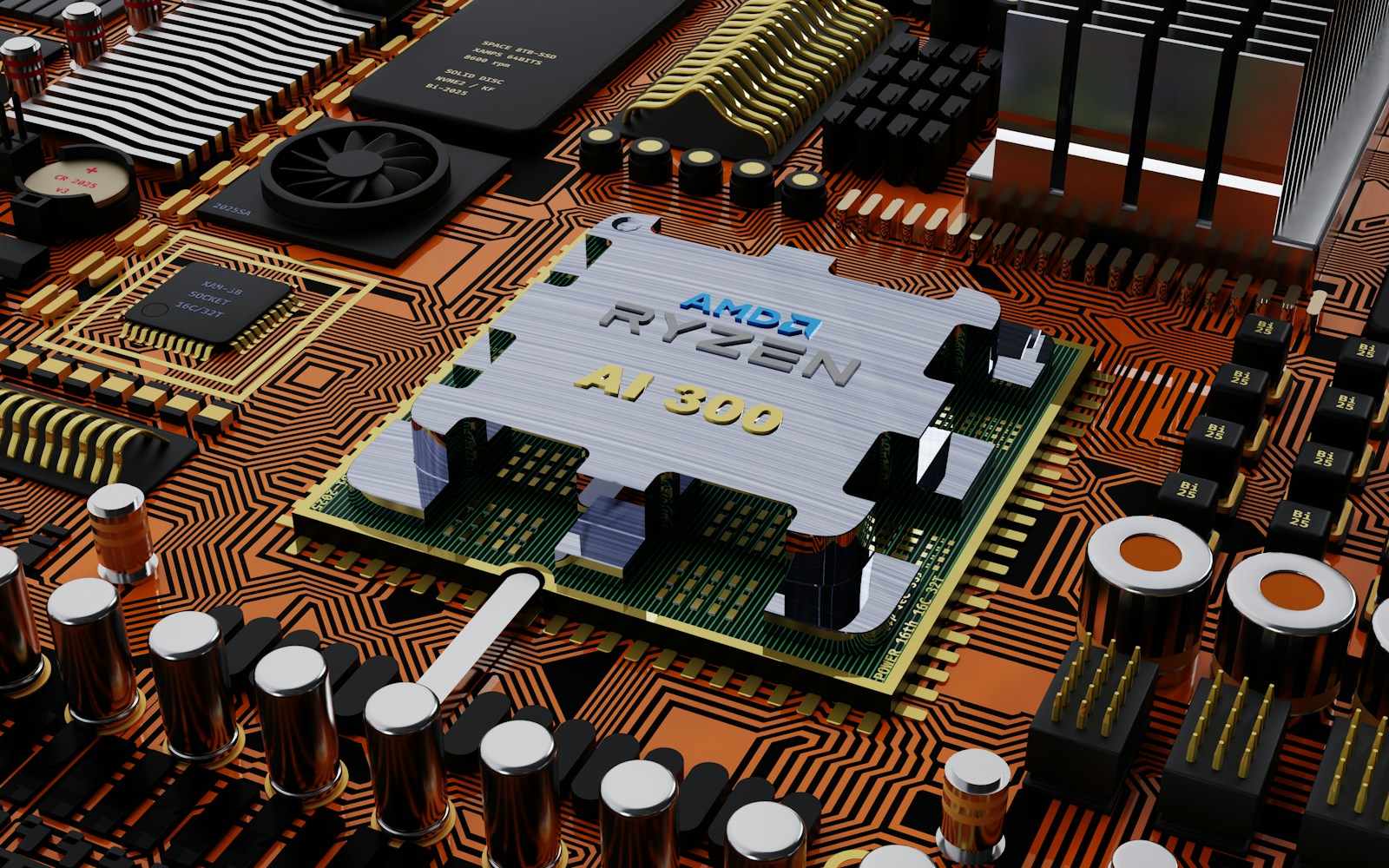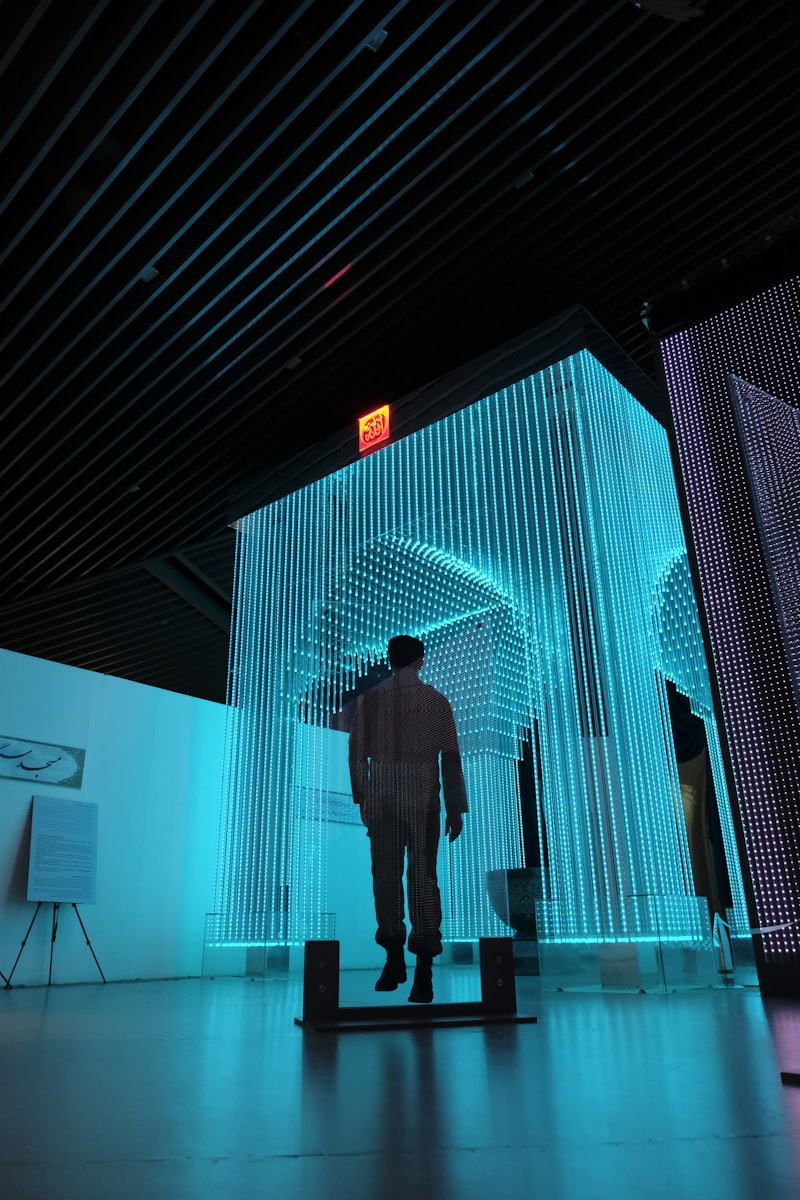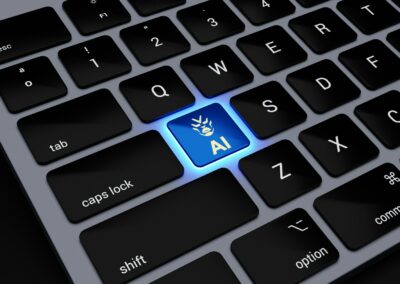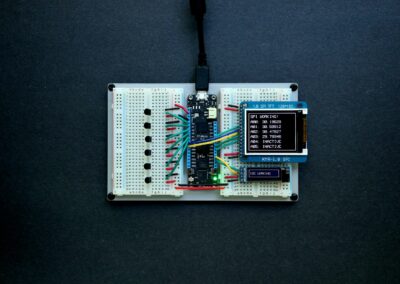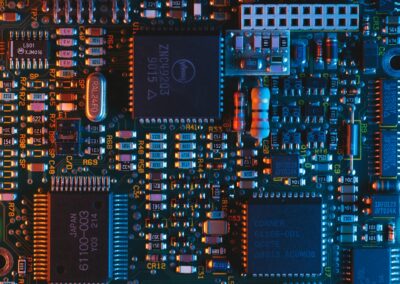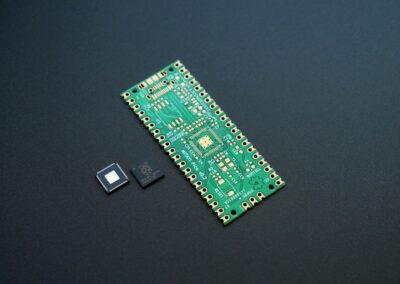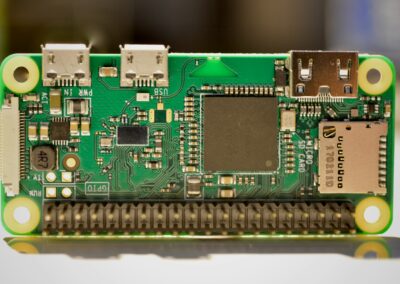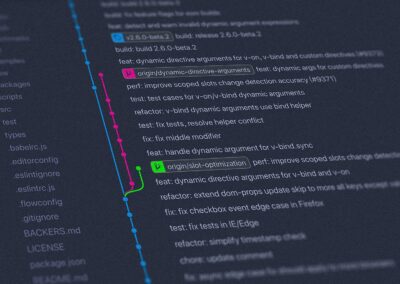Understanding the Challenges of IoT Integration
The Complexity of Integrating IoT with Legacy Systems
The integration of Internet of Things (IoT) solutions with legacy IT infrastructure poses significant challenges, particularly as organizations strive to modernize their operations while preserving existing investments. Integrating IoT with legacy systems involves bridging the gap between new, sophisticated IoT devices and older, established IT systems that may not be inherently compatible. This complexity can create numerous technical and operational issues, including data interoperability, security concerns, and scalability limitations.
In regions like Saudi Arabia and the UAE, where cities such as Riyadh and Dubai are leading the charge in smart city initiatives, the importance of effectively integrating IoT with legacy infrastructure cannot be overstated. Successful integration ensures that smart city technologies work seamlessly with existing urban management systems, leading to enhanced efficiency and improved public services. Businesses operating in these regions can benefit from a streamlined integration process, which supports better decision-making and operational continuity.
Adopting a Phased Integration Approach
One of the best practices for managing the complexity of integrating IoT with legacy IT infrastructure is to adopt a phased approach. Instead of attempting a complete overhaul in a single step, organizations should implement IoT solutions gradually, focusing on specific areas or processes first. This phased approach allows for testing and validation of the integration at each stage, reducing the risk of disruptions and ensuring that any issues can be addressed promptly.
For example, a manufacturing company in Dubai might start by integrating IoT sensors into its production line to monitor equipment performance. By initially focusing on this single aspect, the company can evaluate the benefits and challenges of IoT integration without overwhelming its existing systems. Once the initial phase is successful, the company can expand IoT integration to other areas, such as supply chain management and inventory control, ensuring a smooth and controlled transition.
Ensuring Data Interoperability
Data interoperability is a critical factor in the successful integration of IoT with legacy IT infrastructure. IoT devices generate vast amounts of data that need to be seamlessly integrated with existing data systems to provide meaningful insights. To achieve this, organizations must ensure that data formats, protocols, and standards used by IoT devices are compatible with their legacy systems. This often requires the use of middleware solutions that can translate and standardize data across different platforms.
In Riyadh, for instance, city planners might use middleware to integrate data from IoT-enabled traffic sensors with existing traffic management systems. This integration allows for real-time analysis of traffic patterns, leading to more effective traffic control and reduced congestion. By prioritizing data interoperability, organizations can unlock the full potential of their IoT investments and drive better outcomes.
Implementing Robust Security Measures
Addressing Security Concerns
Security is a paramount concern when integrating IoT solutions with legacy IT infrastructure. IoT devices often have different security requirements and vulnerabilities compared to traditional IT systems. Without robust security measures, integrating IoT devices can expose legacy systems to new threats, potentially compromising sensitive data and critical operations. Organizations must implement comprehensive security strategies that address these unique challenges.
In Saudi Arabia, businesses and government entities alike are prioritizing cybersecurity to protect their digital infrastructure. This includes deploying advanced encryption techniques, secure authentication protocols, and continuous monitoring to detect and respond to threats in real-time. By adopting a proactive approach to security, organizations can safeguard their integrated systems and maintain the integrity of their operations.
Leveraging AI for Enhanced Security
Artificial Intelligence (AI) and machine learning can play a pivotal role in enhancing the security of integrated IoT and legacy systems. AI-driven security solutions can analyze vast amounts of data to identify patterns and anomalies that may indicate potential security breaches. Machine learning algorithms can continuously learn from new data, improving their ability to detect and prevent threats over time.
For example, an oil and gas company in the UAE might use AI to monitor data from IoT sensors on its pipelines. By analyzing this data in real-time, AI algorithms can detect unusual patterns that may signify a leak or an attempted cyberattack. This proactive approach enables the company to respond swiftly, minimizing the impact of security incidents and ensuring the safety of its operations.
Continuous Monitoring and Maintenance
Continuous monitoring and maintenance are essential for ensuring the long-term success of IoT integration with legacy IT infrastructure. Organizations must establish processes for regularly assessing the performance and security of their integrated systems. This includes routine updates to IoT devices and legacy systems to address any vulnerabilities and improve functionality.
In Dubai’s healthcare sector, continuous monitoring of IoT devices used in patient care is critical. Hospitals and clinics must ensure that these devices are functioning correctly and securely to provide accurate patient data. Regular maintenance and updates help prevent malfunctions and ensure that the integrated systems deliver reliable performance.
Conclusion
Integrating IoT solutions with legacy IT infrastructure presents both challenges and opportunities for organizations. By adopting a phased approach, ensuring data interoperability, and implementing robust security measures, businesses can effectively manage the complexity of IoT integration. Leveraging AI for enhanced security and maintaining continuous monitoring and maintenance further supports the success of these initiatives. In regions like Saudi Arabia and the UAE, where innovation and modernization are key priorities, these best practices are essential for achieving business success and enhancing the quality of services.
—
#IoTIntegration #LegacySystems #SmartTechnology #BusinessSuccess #LeadershipSkills #ProjectManagement #ArtificialIntelligence #SaudiArabia #UAE #Riyadh #Dubai





